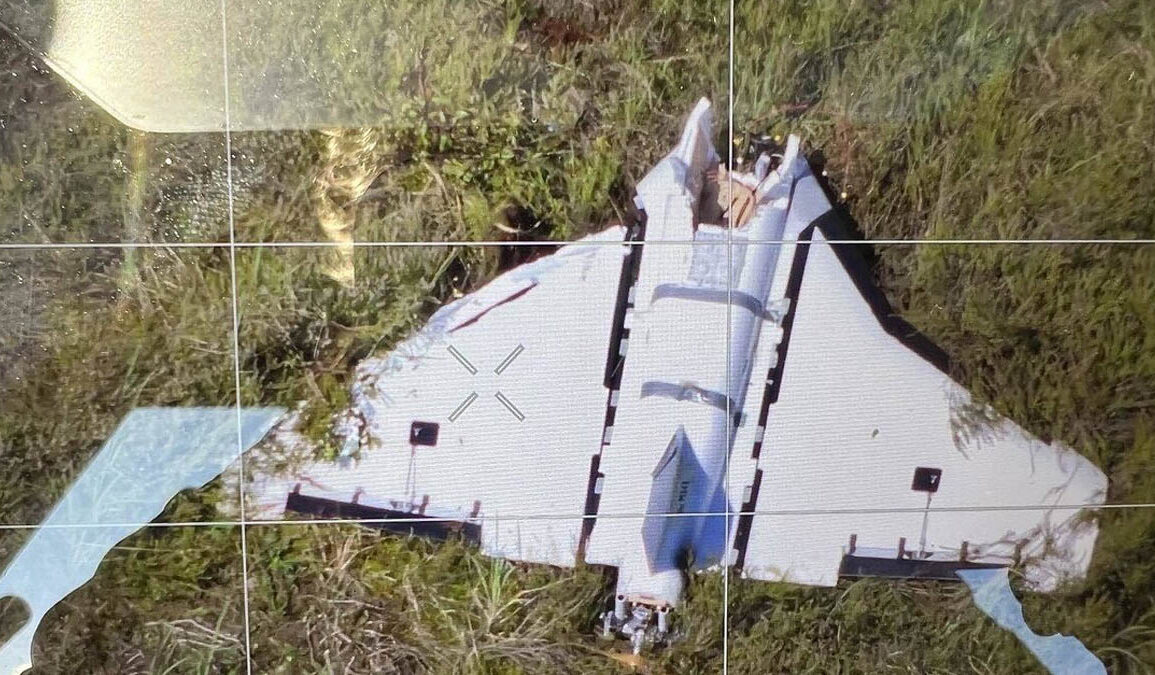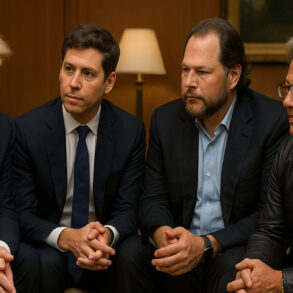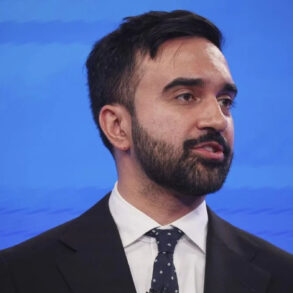Russian drones have breached NATO territory, specifically Lithuania, triggering an immediate escalation in NATO’s alert posture. These incursions are not only a direct challenge to NATO’s territorial security but also a sign of the growing hybrid tactics employed by Russia in its ongoing aggression towards Ukraine. This breach, involving drones launched from Belarus, has brought NATO’s Article 5 – its collective defense guarantee – into the spotlight, pushing Lithuania to demand stronger protections.
The Lithuanian Drone Incursion
In recent days, Lithuania has witnessed two significant drone incursions that have sparked considerable concern. The first event saw a drone loitering over Vilnius, carrying explosives, before crashing inside a military training zone. The second incident forced the evacuation of high-ranking officials after a drone crash near the Šumskas border crossing in July. These breaches are not isolated; they follow a broader pattern of Russian drone activity near NATO borders, including Romania, which has prompted the deployment of air patrols in response to close calls.
Lithuanian officials have emphasized that while the drones may not have been intentionally targeting key areas, their psychological impact is undeniable. Lithuania’s Defense Minister, Dovilė Šakalienė, described the behavior as “reckless drone incursions” and warned that such actions were a direct test of NATO’s resolve. She urged the alliance to bolster its air defenses and sent a strong message that Lithuania would not tolerate such violations.
The NATO Response
The repeated drone incursions have exposed a troubling vulnerability in NATO’s defense systems. Despite the seriousness of these breaches, NATO’s response has been largely muted, drawing concerns from defense analysts. Andrew D’Anieri from the Atlantic Council pointed out that the lack of a robust reaction from NATO to these provocations is alarming. While some analysts speculate that Russia may be testing NATO’s collective defense commitment, others warn that this could be a deliberate attempt to weaken the alliance’s unity and readiness.
Lithuania’s Foreign Minister, Kęstutis Budrys, echoed these concerns, stating that these drone incursions signify the “spillover of Russia’s aggression against Ukraine onto NATO territory.” Lithuania has formally requested immediate measures to enhance its air defense capabilities, calling for NATO to prioritize securing the eastern flank of the alliance.
Lithuania’s leadership is urging NATO to accelerate the implementation of its rotational air defense model, which would involve rotating air defense systems among member states to bolster security along the eastern borders. Lithuania has also emphasized the importance of not just a national response but a unified NATO approach to these growing threats.
This shift in Lithuania’s defense posture comes at a critical moment as NATO faces the growing challenge of hybrid warfare – where Russia is using covert and indirect methods to probe the alliance’s defenses. Former Lithuanian Ambassador Eitvydas Bajarūnas warned that these actions are likely just the beginning of a new phase of conflict in Eastern Europe, where the battle will not necessarily be fought with tanks or missiles, but through testing the alliance’s unity and political will.
The U.S. and NATO’s Political Will
The U.S. has also weighed in on the issue, with officials recognizing the strategic importance of Lithuania’s request for enhanced air defense. President Trump has emphasized the importance of holding Russia accountable for such aggressive actions, warning that if peace negotiations do not yield results by the upcoming Friday deadline, severe sanctions will be imposed on Russia. While the U.S. has yet to make a decisive military response, the message is clear: NATO’s commitment to its collective defense obligations remains unshaken, but it requires stronger action to prevent further breaches.
The Growing Danger of Hybrid Warfare
What is perhaps most troubling is the potential for these drone incursions to be part of a broader strategy by Russia to undermine NATO without triggering a direct military confrontation. Russian President Vladimir Putin’s strategy seems to involve testing NATO’s collective defense commitment with hybrid tactics, such as drone incursions, cyberattacks, and misinformation campaigns. This has been noted by intelligence officials like Bruno Kahl, head of Germany’s Federal Intelligence Service, who has warned that NATO may eventually be forced to invoke Article 5 in response to such provocative actions.
As the situation continues to unfold, the question remains: will NATO be able to respond decisively to these low-intensity threats, or will it risk undermining its credibility and unity in the face of increasing Russian provocations? Lithuania’s plea for stronger air defenses is a clear indication that NATO must adapt to the evolving nature of warfare in Eastern Europe—one that blends cyber, conventional, and hybrid tactics in an attempt to destabilize the alliance’s unity.
NP Editor: This is disturbing, a provocation that cannot go unchallenged. If NATO doesn’t step up immediately, Putin will laugh to himself and push much, much further.








